Montana, known as “Big Sky Country,” conjures up images of sprawling plains, majestic mountains, and pristine lakes. But as peaceful as the landscape portrays, you might wonder: does Montana get hurricanes like its coastal counterparts?
In this article, we’ll explore the state’s unique geographical position and its historical hurricane record. While its location in the northern part of the United States offers some natural protection, we’ll also uncover instances where the state has experienced the remnants of Pacific hurricanes.
If you’re someone who is considering a trip to Montana or perhaps even thinking about relocating, this article is specifically tailored for you. Additionally, if you’re fascinated by the intersection of geography and climate, the region’s hurricane history offers a captivating case study.
- Related article: Montana Weather Info
Ready to delve into the world of Montana’s weather patterns and its dance with hurricanes? Let’s uncover the surprises that this rugged state has in store.
7 Key Takeaways on Montana Hurricanes
- Montana’s unique geography with its northern position, proximity to the Rockies, and cold weather conditions make it highly unlikely to experience hurricanes.
- While Montana has had its brush with tropical storms, they are rare and typically downgraded to rain showers or thunderstorms.
- Other safest states like Delaware, Idaho, Maine, Maryland, Michigan, South Carolina, Vermont, and Colorado also offer a low risk of hurricanes and other natural disasters.
- Delaware’s coastal advantage between Maryland and New Jersey acts as a protective buffer against hurricanes.
- Idaho’s diverse topography and inland location make it a haven that strikes a balance between natural wonders and safety.
- South Carolina’s proactive measures in natural disaster preparedness have significantly reduced the risk of hurricanes.
- Vermont’s lack of coastal exposure and proactive disaster preparedness make it a relatively safe location.
Does Montana Get Hurricanes?
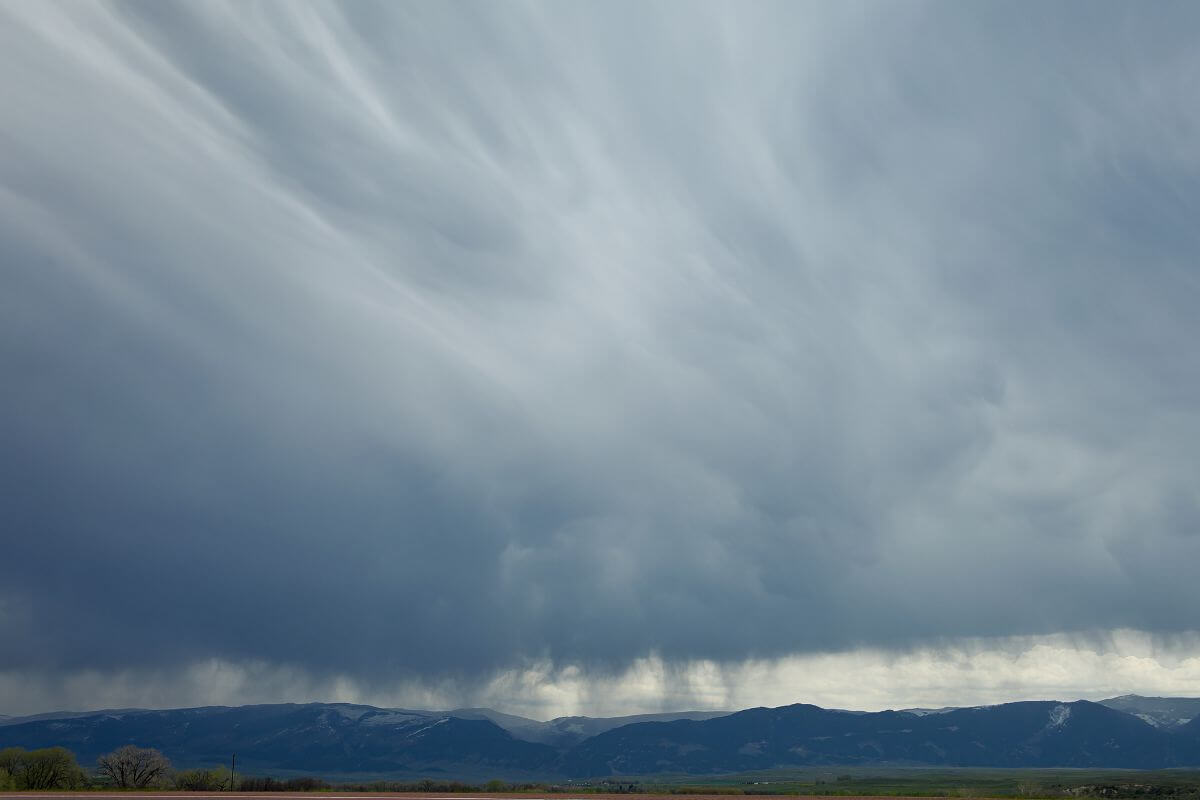
When we think of Montana, the image of vast plains, rugged mountains, and crystal-clear lakes comes to mind. But what about hurricanes?
In this section, we’ll explore whether Montana is at risk of these tropical cyclones and how its unique geography shields it from their path. So, if you’ve ever wondered whether you need to pack your hurricane kit for a trip to Big Sky Country, read on to find out.
Montana’s Location
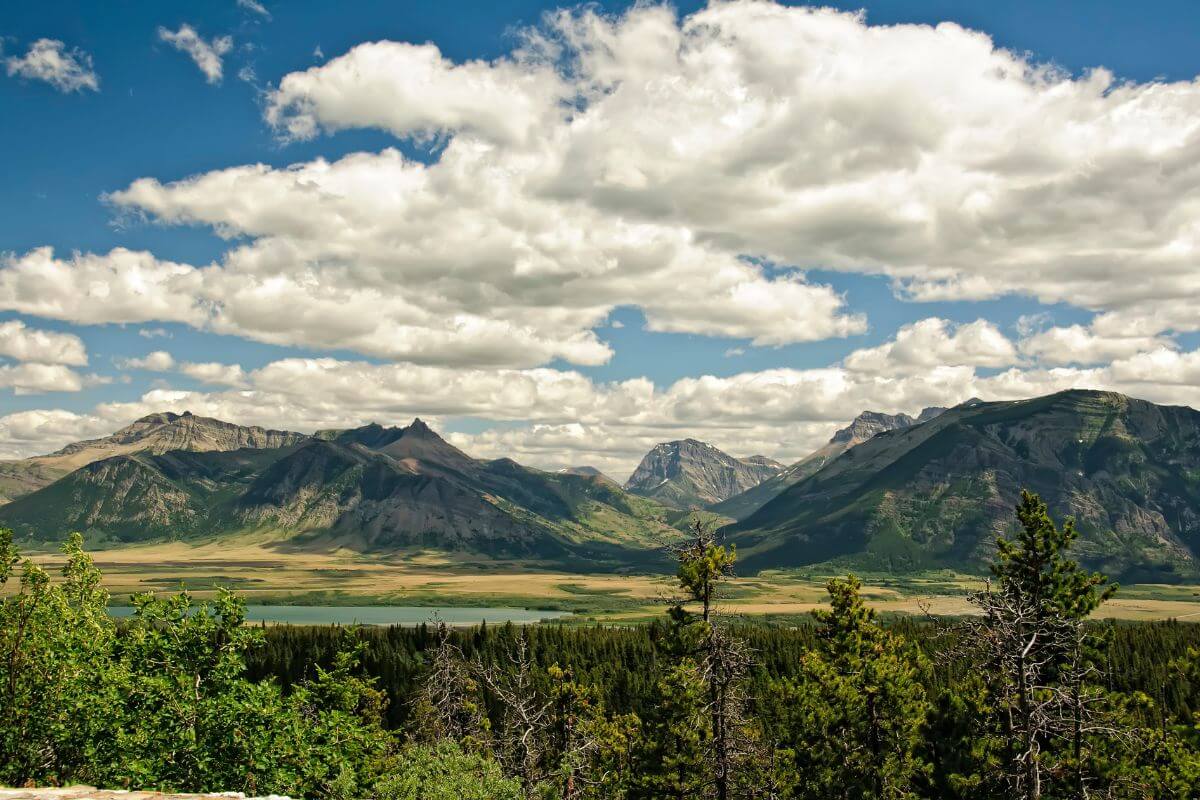
Located in the northern part of the U.S., Montana benefits from an advantageous location that shields it from the typical risks of tornadoes and hurricanes.
Thanks to its proximity to the Rocky Mountains, Montana has a natural barrier that fends off the path of storms. This means that hurricanes, which primarily form over warm ocean waters, rarely venture this far inland.
Montana’s remote location is another layer of protection. Tropical storms generally lose their strength as they travel over land, and by the time they reach the mountainous state, they’re more likely to be downgraded to rain showers or thunderstorms.
So why is Montana so safe from hurricanes? The answer lies in a combination of factors: its northern position, the shielding presence of the Rockies, and the state’s remote location.
In a nutshell, if you’re worried about hurricanes and tornadoes, the state is a top-notch choice for a haven despite Montana’s wind conditions.
Montana Hurricane History
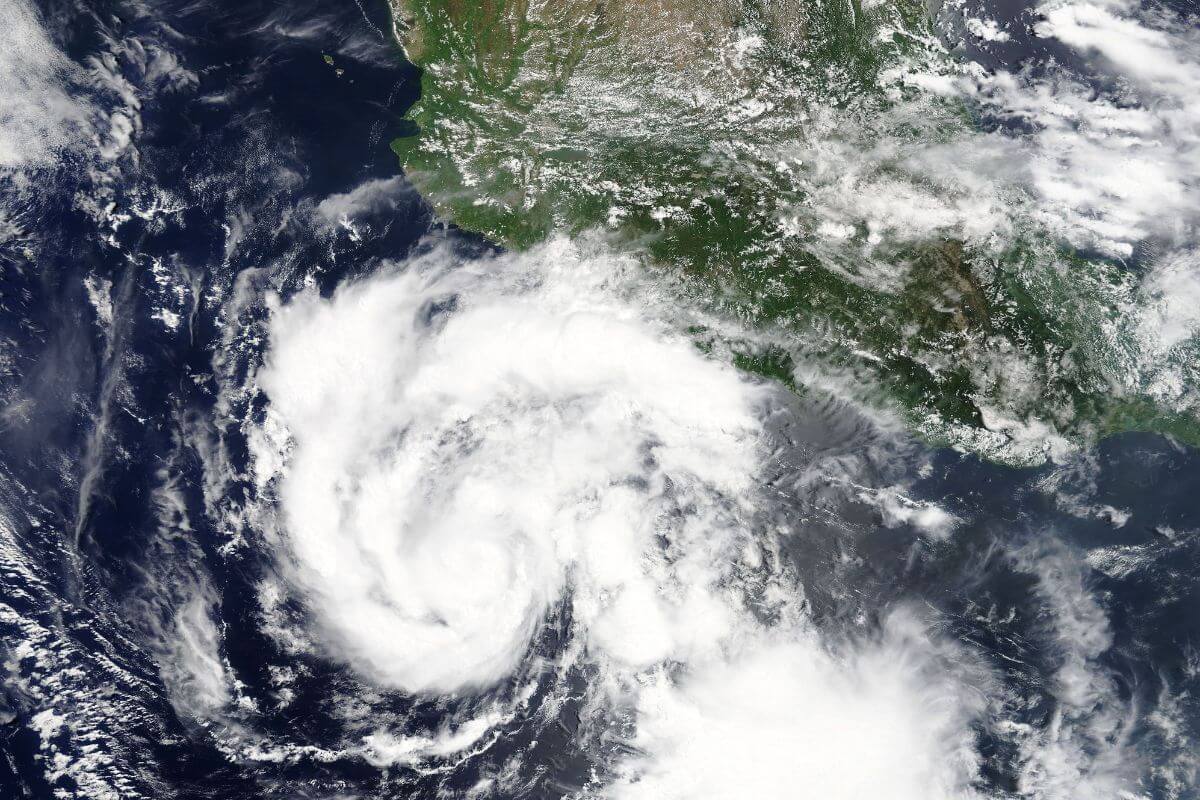
It might come as a shock that the Treasure State has been affected by hurricanes. Montana and hurricanes might seem like an odd pairing, but the state has had its brush with tropical storms. Known more for its mountains and plains, the state still has had its fair share of hurricane action.
Let’s take a quick dive into Montana’s hurricane history:
- Hurricane Kathleen (1976) – While Kathleen primarily impacted California as a Category 1 hurricane, its remnants made their way to Montana. The state experienced locally heavy rainfall of 2 inches (51 mm) in some spots, setting a record for the wettest tropical cyclone in Montana’s history — until 2023.
- Hurricane Hilary (2023) – Hilary, a powerful Category 4 Pacific hurricane, unleashed its fury on the Southwestern United States. Montana wasn’t spared either, as it received a significant downpour with a precipitation of 2.30 inches (58 mm). With this, Hilary broke the record set by Kathleen, becoming the new benchmark for tropical cyclone rainfall in the state.
Before you start fretting about Montana turning into a hurricane hotspot, let me put your worries to rest. These historical hurricanes were anomalies, not the norm.
Other Safest States with Least Natural Disasters
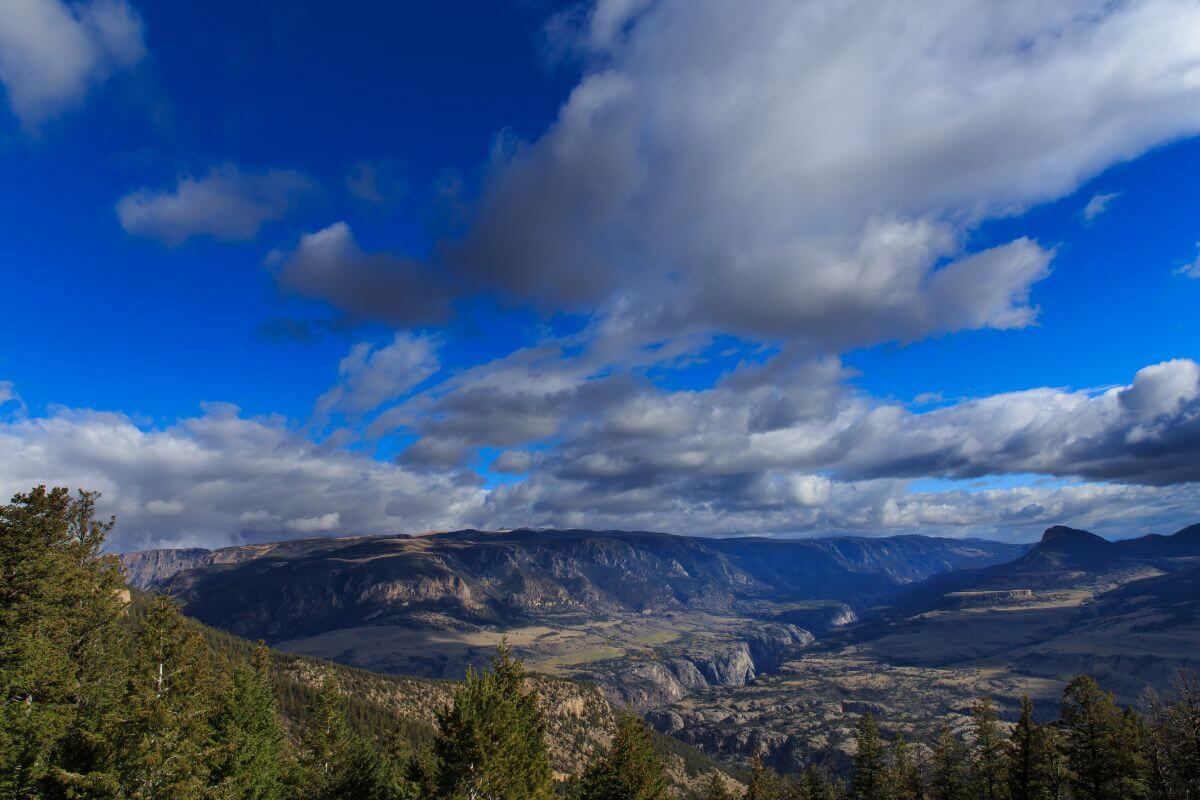
When it comes to natural disasters, Montana is easily one of the safest states. But it’s not the only state that can boast such a claim. Let’s take a quick look at some of the other U.S. states that share Montana’s serenity, offering a haven from the more common natural calamities.
1. Delaware
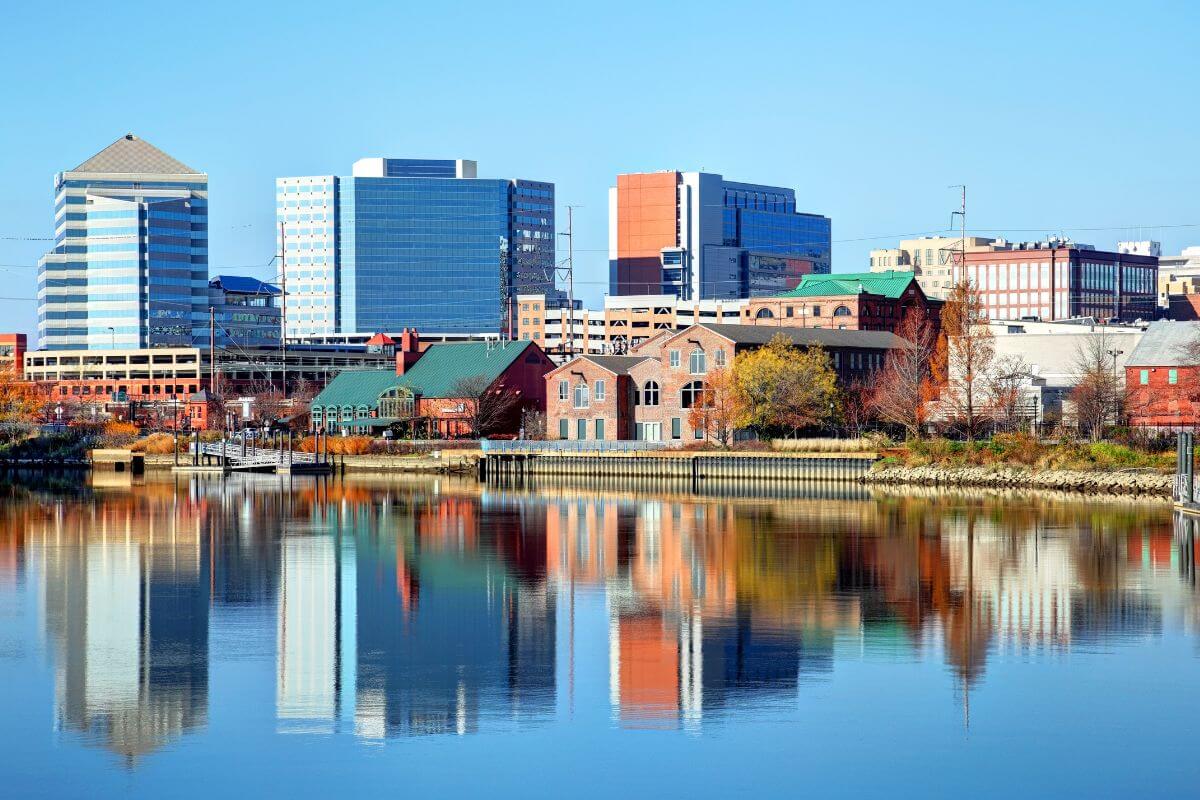
Situated along the Atlantic coast, Delaware enjoys a unique geographic advantage that sets it apart as one of the safest states from natural disasters. Its positioning between Maryland and New Jersey acts as a protective buffer against the most severe impacts of hurricanes.
While its coastal areas are not entirely immune to the occasional storm surge, the chances of a direct hit are significantly reduced compared to other coastal regions.
Being shielded by neighboring states, Delaware experiences a relatively stable and temperate climate throughout the year. In turn, this minimizes the likelihood of extreme weather events.
Occasional coastal flooding and winter storms occur but at a relatively low frequency. This makes Delaware a standout when it comes to natural disaster safety.
2. Idaho
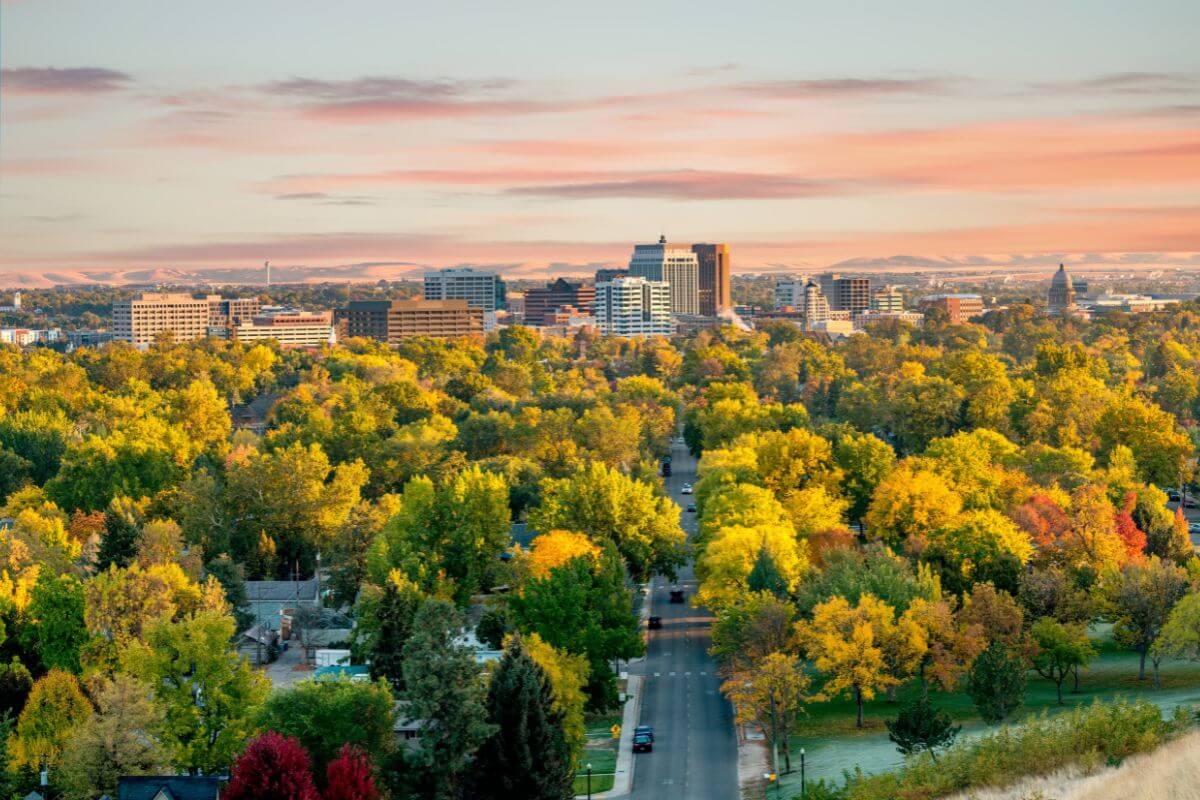
Idaho, the neighboring state to Montana’s west, has a diverse geography that encompasses everything from the soaring Rocky Mountains to expansive plains and deep canyons. This varied topography is one reason why Idaho enjoys a relatively low frequency of natural disasters, including hurricanes.
Idaho’s mountainous terrain acts as a natural barrier against strong polar winds from Canada, providing an added layer of protection. So, while Montana may occasionally feel the brunt of these gusts, Idaho’s ideal location keeps it relatively sheltered.
Idaho’s natural landscapes, such as the Clearwater River, are not only breathtaking but also relatively protected from the more devastating effects of natural disasters.
While the state does experience occasional wildfires, its inland position shields it from the coastal flooding, tsunamis, and hurricanes that coastal regions face.
3. Maine
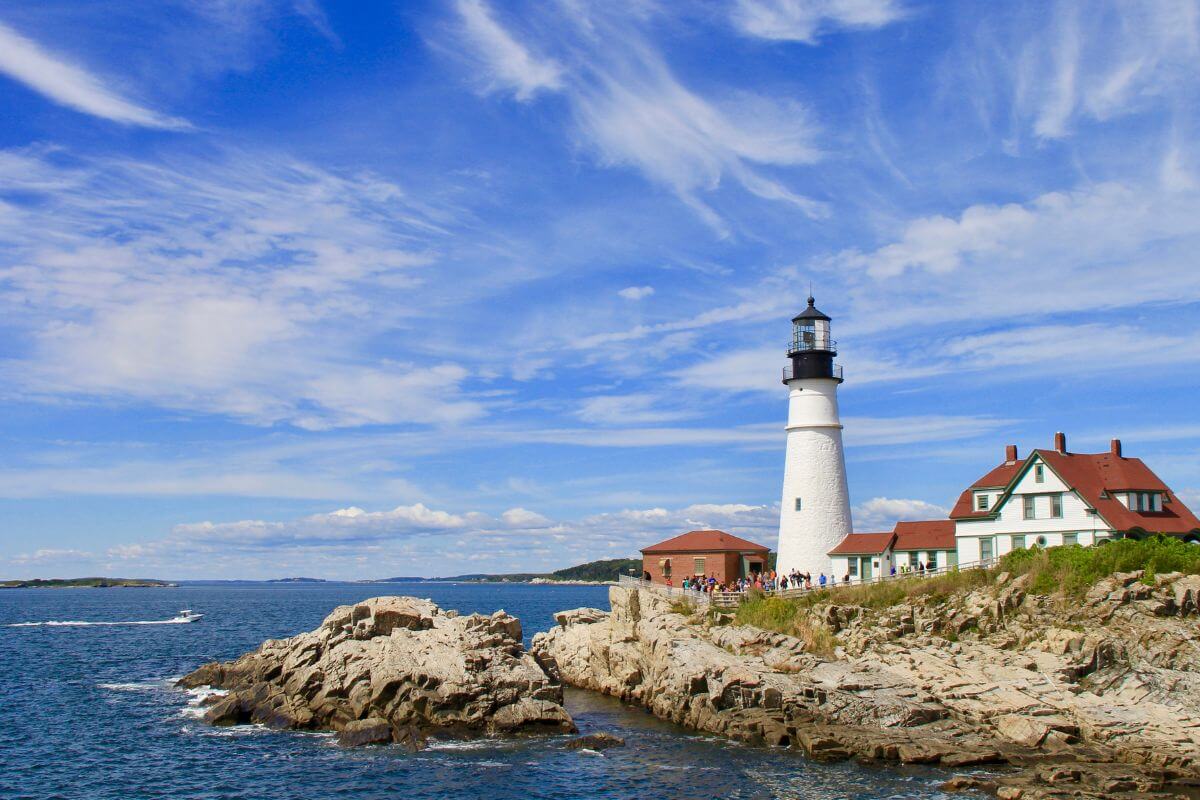
Thanks to Maine’s northern location, its vast coastline does not usually see hurricanes compared to further south, where it is common.
But it’s still no exception to the force of Mother Nature. Maine is known for its severe summer storms, including lightning, thunder, and flooding. The likelihood of these disasters occurring varies, although these are less frequent than in other coastal states.
4. Maryland
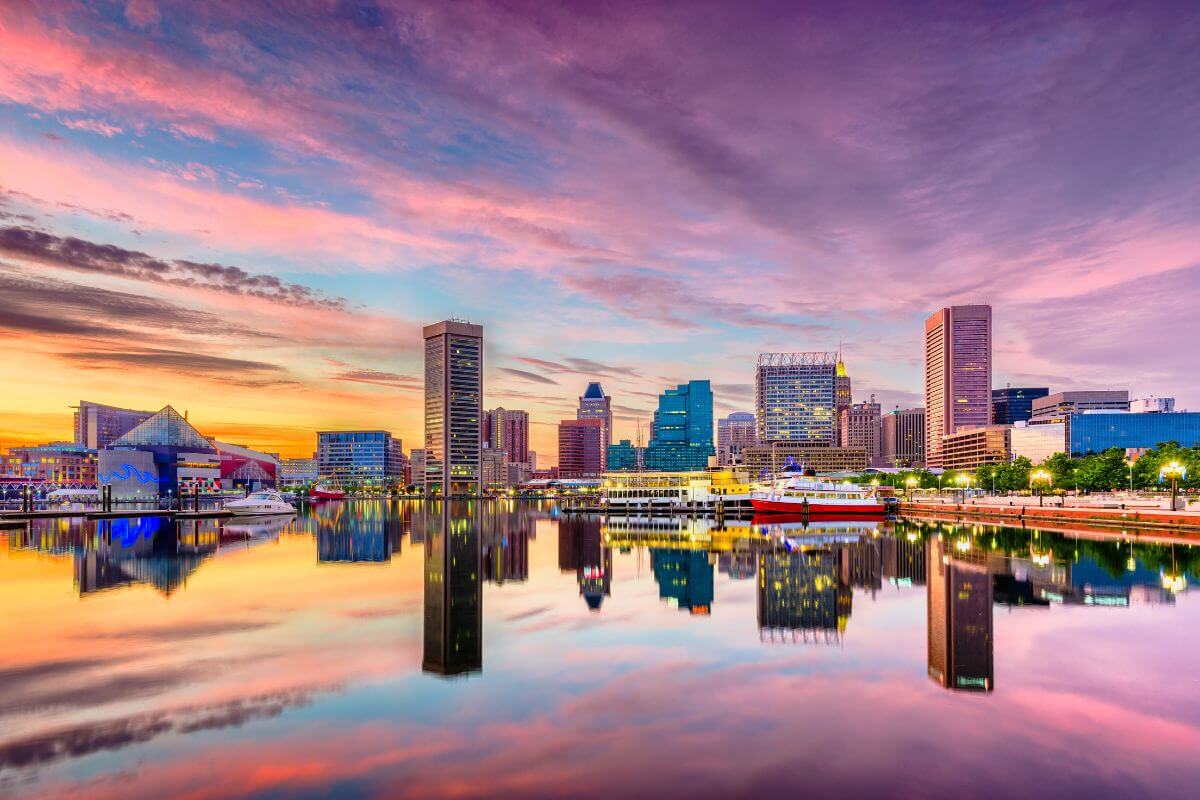
Maryland, located along the mid-Atlantic coast, enjoys a relatively sheltered position when it comes to severe weather events. This is not to say it’s immune, but the state has some strategic advantages.
Most of Maryland’s suburbs, including Rockville, Frederick, and Bethesda, have been ranked as some of the safest cities in America. This is due in part to the state’s proactive disaster planning and geographical features that help mitigate risks.
While storms and blizzards are the most common natural disasters, Maryland’s coastal areas can still experience the effects of hurricanes and flooding. However, the shape and location of its shoreline, along with a gradual coastal slope, work in its favor by dissipating the force of incoming storms.
The history of natural disasters in Maryland reveals a few floods, but they have not been as serious as in other parts of the country. This is a testament to the state’s preparedness and its ability to bounce back quickly.
5. Michigan
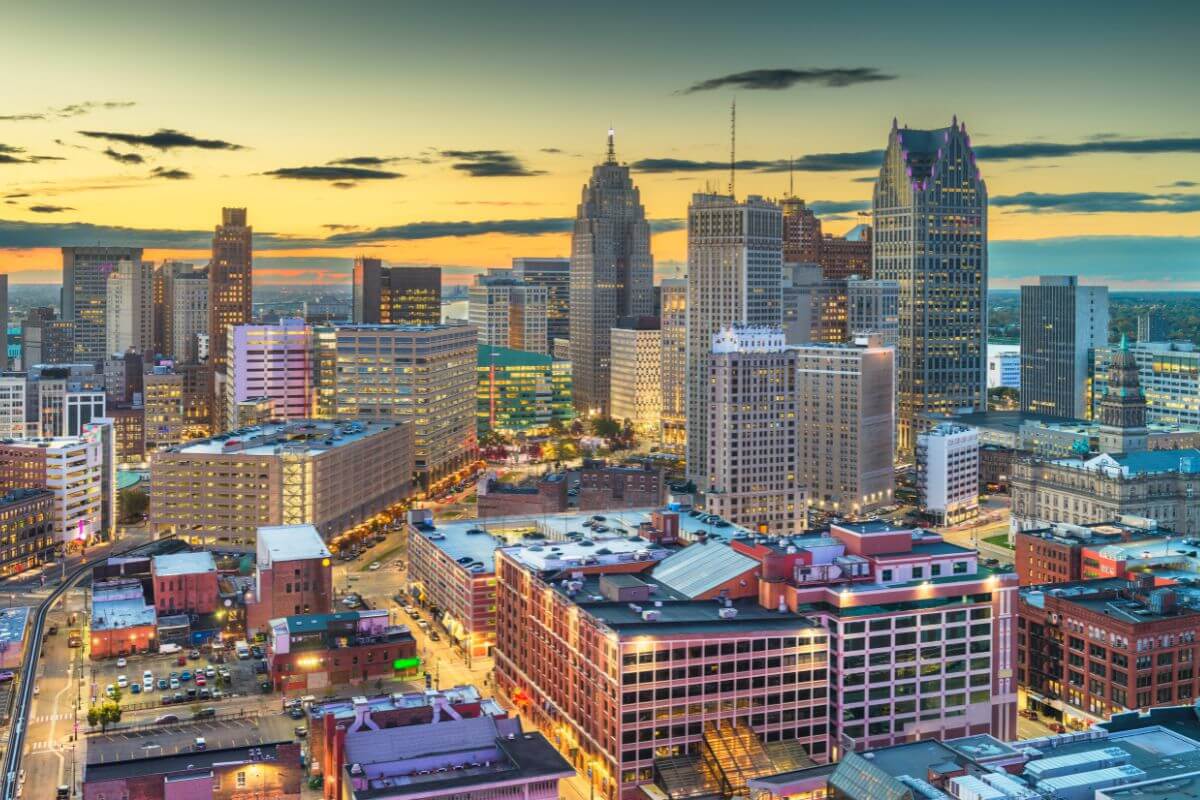
Michigan is one lucky state when it comes to natural disasters, all thanks to the Great Lakes. Its strategic position, nestled between 4 of these massive bodies of water, offers a level of protection that many other states envy.
Data from the National Oceanic and Atmospheric Administration and other sources confirm that Michigan is ranked as one of the safest in the nation. The lakes and the flat plains that stretch across the state act as a natural barrier, shielding the state from the worst of extreme weather patterns.
The moderating effect of the lakes also means that Michigan enjoys a relatively stable climate. Major temperature fluctuations are rare, and the intensity of weather events is often mitigated.
Additionally, Michigan’s geographical location away from major fault lines means that seismic activity and the risk of earthquakes are minimal. While the state does experience other weather-related disasters, such as heavy snowfalls, blizzards, hailstorms, and ice storms, the risk of hurricanes and tornadoes is also low.
However, Michigan’s relative safety from natural catastrophes doesn’t mean the state is complacent. Efforts in disaster preparedness are still taken seriously, making the state even safer from disasters.
6. South Carolina
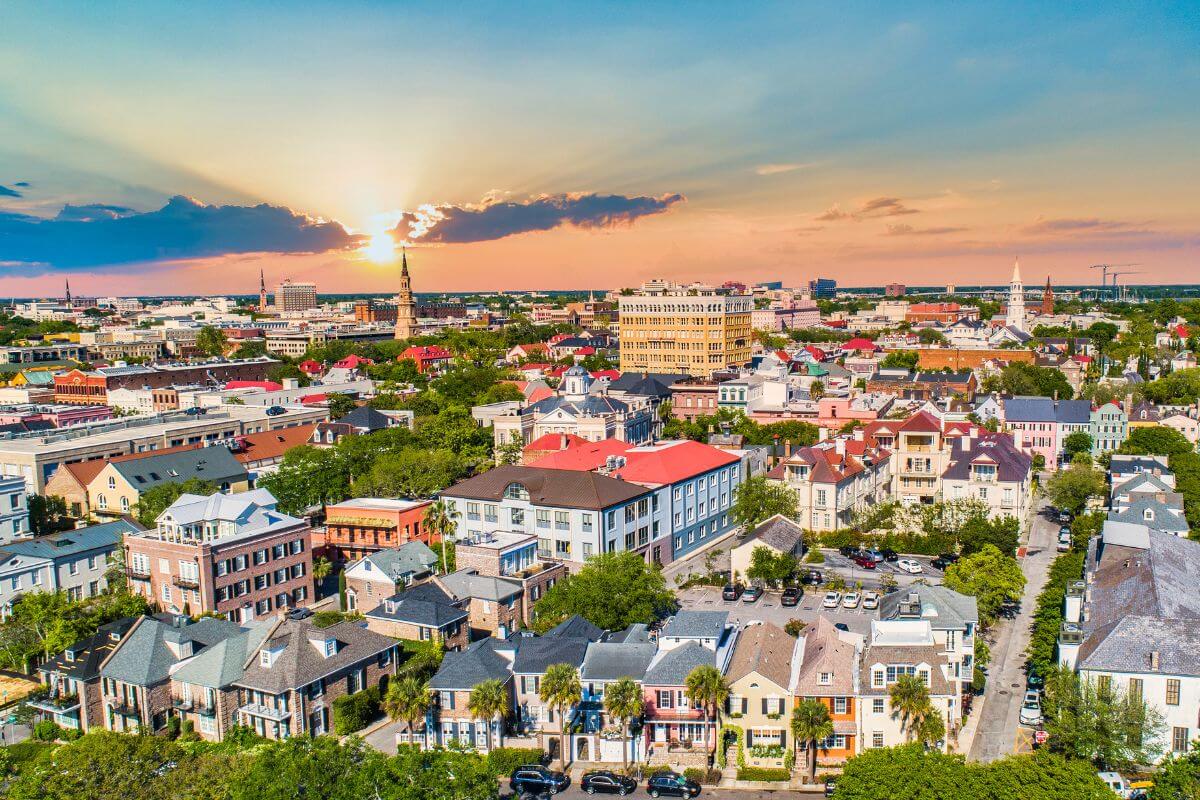
Another state safe from natural disasters, thanks to its unique position, is South Carolina. Nestled along the Atlantic coast, the state faces a moderate risk of hurricanes and flooding.
However, the frequency of these events is relatively low compared to some of its neighbors. To ensure the safety of its residents, South Carolina has taken proactive measures in natural disaster preparedness.
The South Carolina Emergency Management Division (SCEMD) plays a crucial role in coordinating emergency response efforts and works hand in hand with the National Weather Service.
South Carolina’s efforts in hurricane preparedness and community education have helped minimize the impact of potential hazards and reduced any potential loss of life and property damage.
7. Vermont
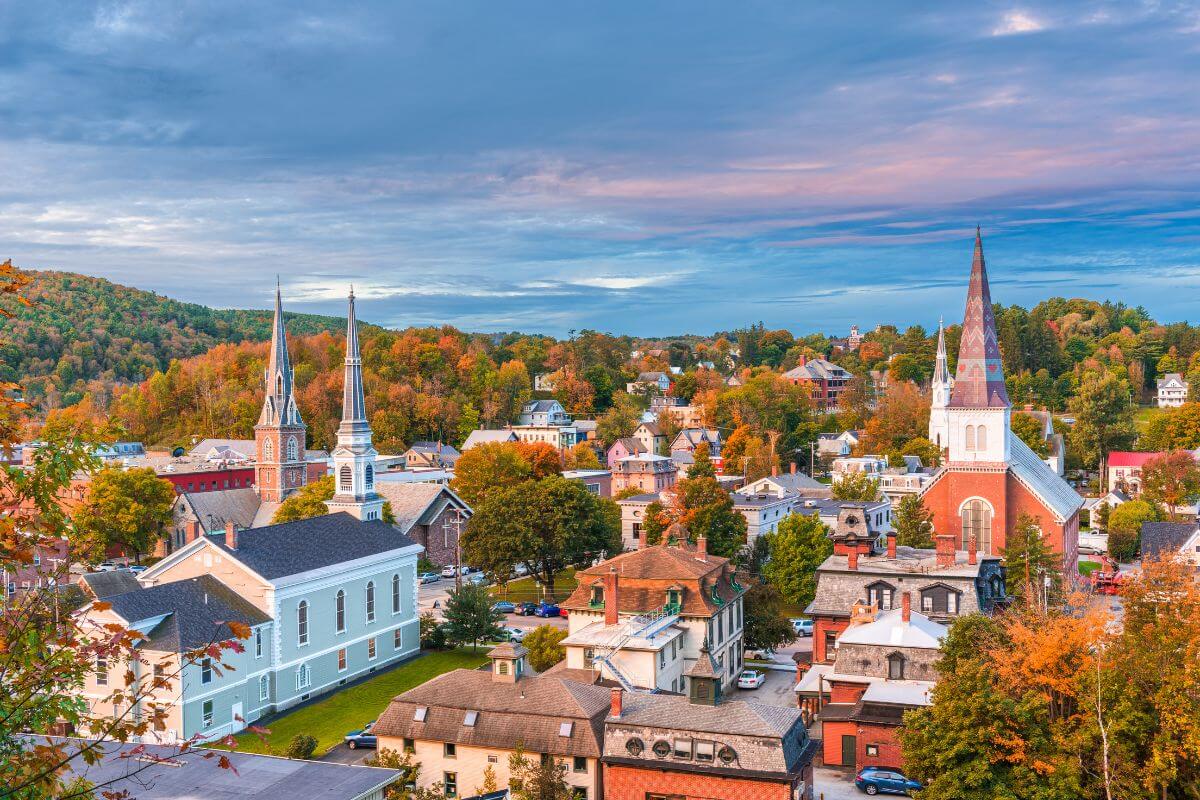
Unlike states perched on fault lines or hugging the coast, Vermont’s inland position offers a degree of safety from the full brunt of hurricanes and tsunamis. The lack of coastal exposure is a major advantage, shielding the state from the most devastating impacts of these storms.
That’s not to say that the state is without its own set of challenges. Occasional flooding caused by heavy rainfall and snowmelt is a reality, but the state’s proactive approach to disaster preparedness and community resilience has been instrumental in minimizing their impact.
Vermont’s diverse landscape, with its mountains, valleys, and rivers, also plays a role in keeping flooding at bay. Natural drainage systems are more prevalent here compared to flatter terrains, reducing the risk of severe flooding.
8. Colorado
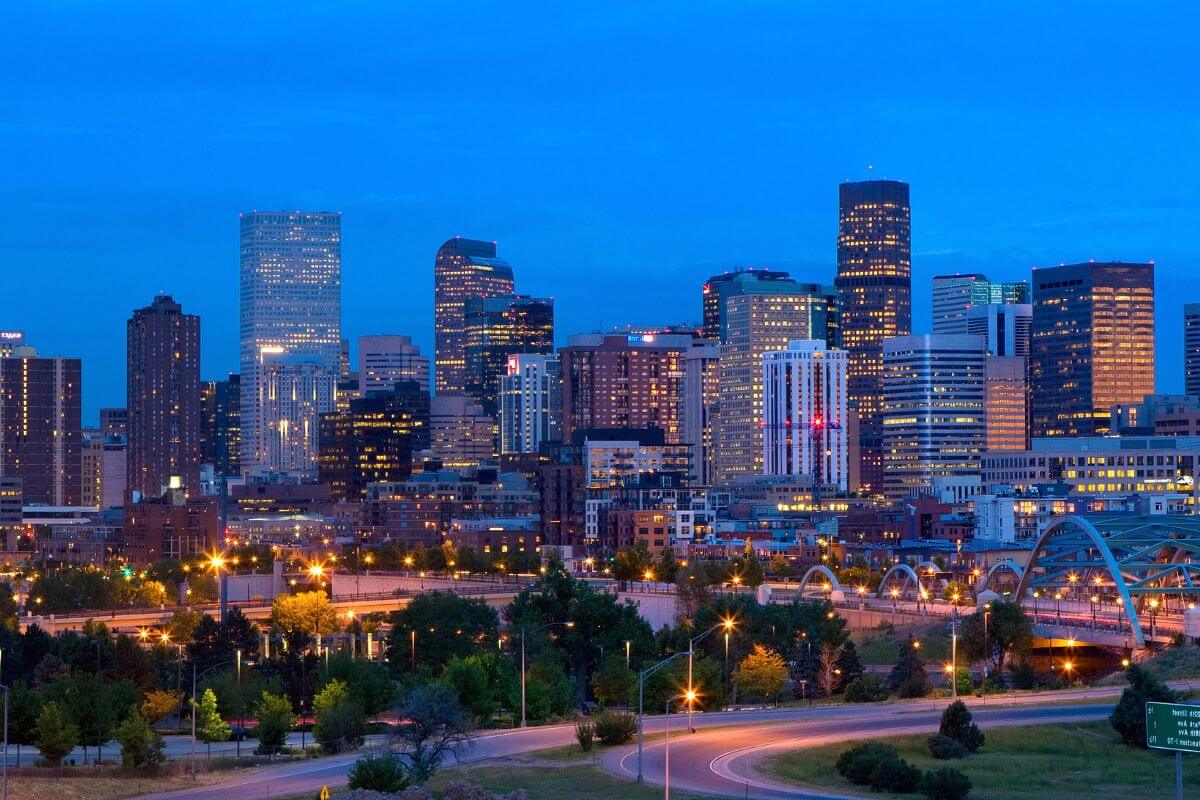
Colorado is a captivating mix of river canyons, arid deserts, and the majestic Rocky Mountains. Being sheltered against the Rockies and overlooking the Midwest plains, data suggests that Colorado is safer than many other states.
Still, the state experiences threats from hurricanes, earthquakes, droughts, and tornadoes, although minimal. The one weather phenomenon to watch out for? Wildfires — which can be frequent and intense in certain areas.
9. Connecticut
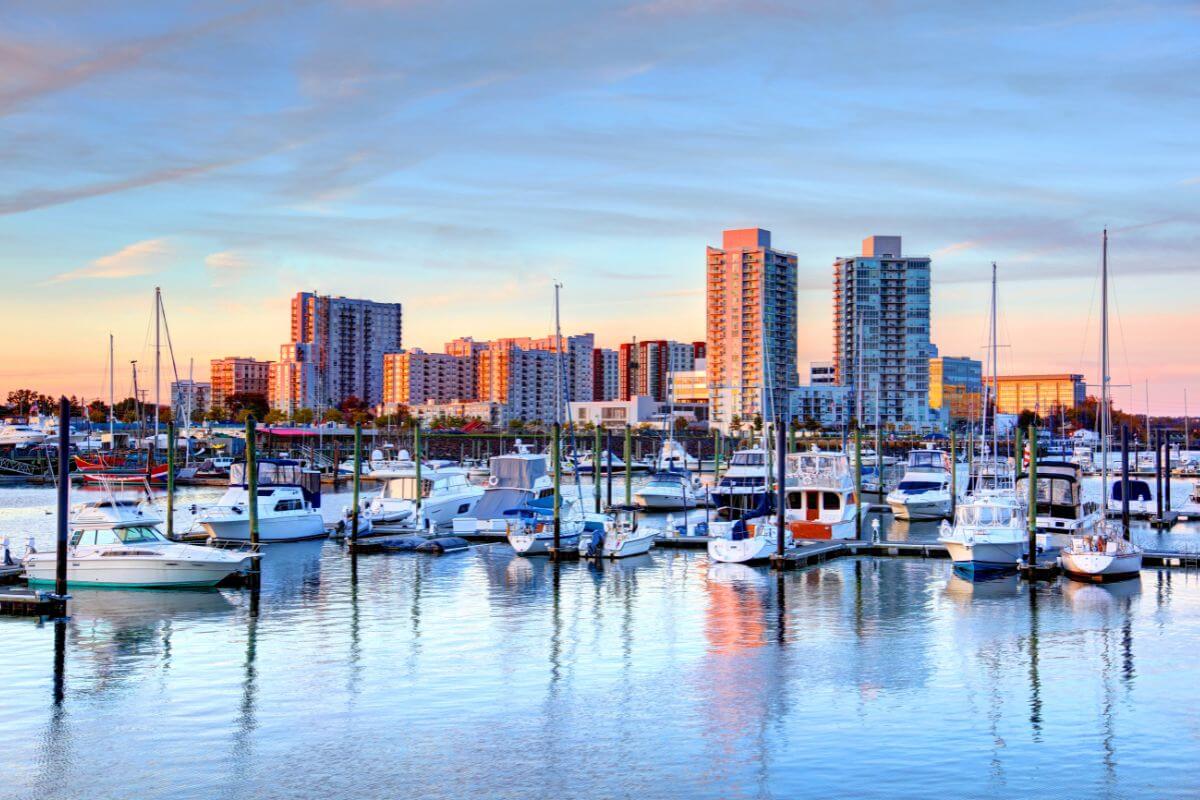
Connecticut’s position along the northeastern coast of the United States puts it at a moderate risk for hurricanes and coastal flooding.
While the state isn’t entirely immune to these natural disasters, its well-developed infrastructure, proactive disaster planning, and early warning systems work in tandem to minimize their impact.
Connecticut’s commitment to building resilient infrastructure plays a vital role in mitigating hurricane damage. The state also has community participation in disaster preparedness, raising awareness by actively educating its residents about potential hazards through community programs and initiatives, such as disaster drills.
While no state can be entirely hurricane-proof, Connecticut’s proactive approach to disaster planning and its emphasis on public participation make it a model for coastal states.
Is Montana Safe From Hurricanes Final Thoughts
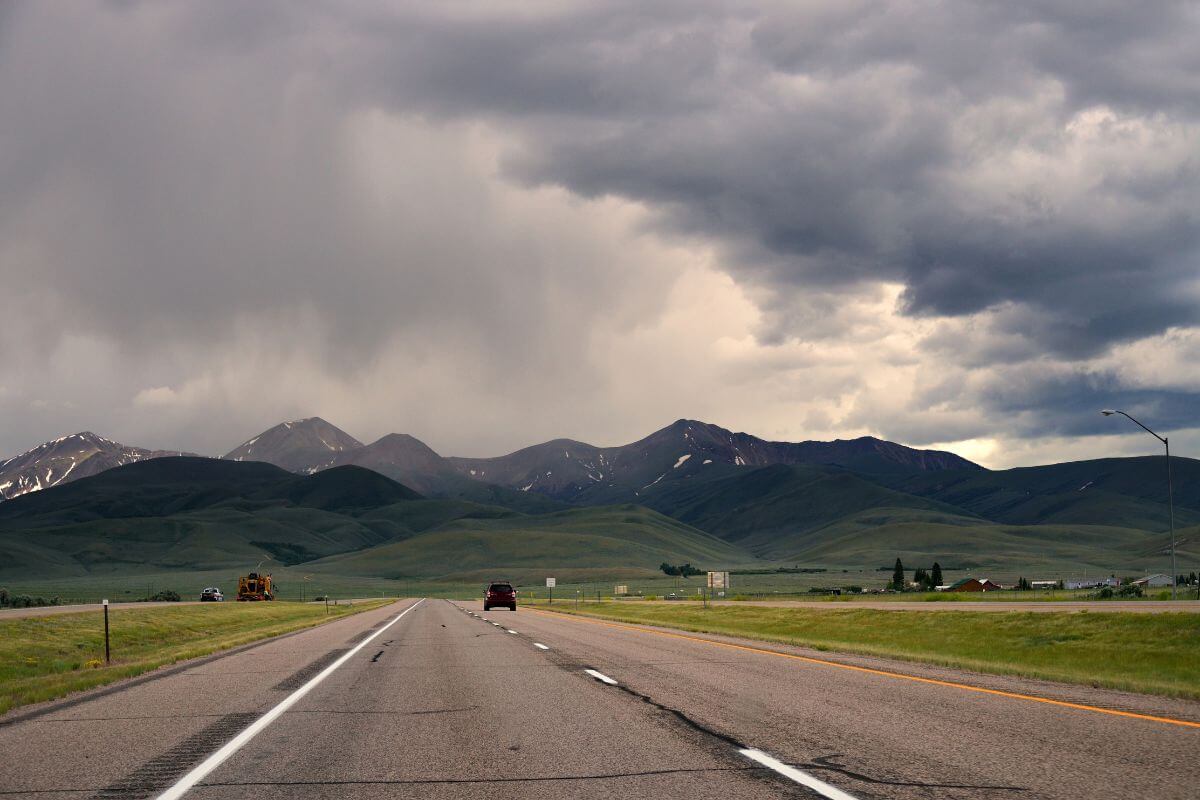
Montana, with its northern positioning and proximity to the Rockies, stands as a haven from hurricanes, a stark contrast to hurricane-prone regions.
Despite rare encounters, typically downgraded to rain showers or thunderstorms, only two recorded instances of hurricanes impacting the state underscore its extremely low risk.
This geographical advantage isn’t unique to Montana; states like Delaware, Idaho, South Carolina, and Vermont also boast minimal risk due to their locations and disaster preparedness efforts. Beyond safeguarding residents, these measures save billions from potential disaster damages.
Whether planning a trip or contemplating relocation, certain U.S. states, including Montana, present a harmonious blend of natural beauty and low hurricane risk.
While no location is entirely immune to natural disasters, understanding geographical advantages and embracing proactive disaster preparedness measures allows for informed decisions and enjoyable experiences.
Hurricanes in Montana FAQs
1. Does Montana Have Bad Weather?
Montana experiences a diverse range of weather conditions, from cold winters to occasional severe storms, but it remains a great place to travel to. The stunning landscapes and outdoor activities make it a unique and rewarding destination, regardless of the weather.
2. What Disasters Happen in Montana?
Montana’s most common natural disasters include wildfires, floods, winter storms, severe storms, earthquakes, landslides, and tornadoes. These diverse and unpredictable events can pose significant challenges for both residents and travelers in the state.
3. What Was the Worst Natural Disaster in Montana?
The worst natural disaster in Montana history was the 1964 flood on the Blackfeet Reservation. The flood destroyed hundreds of homes, wiped out cattle herds, and killed 31 people on the eastern slopes of the Rocky Mountains. It was a devastating event that left a lasting impact on the community and the landscape.
Get more details about Montana here:

